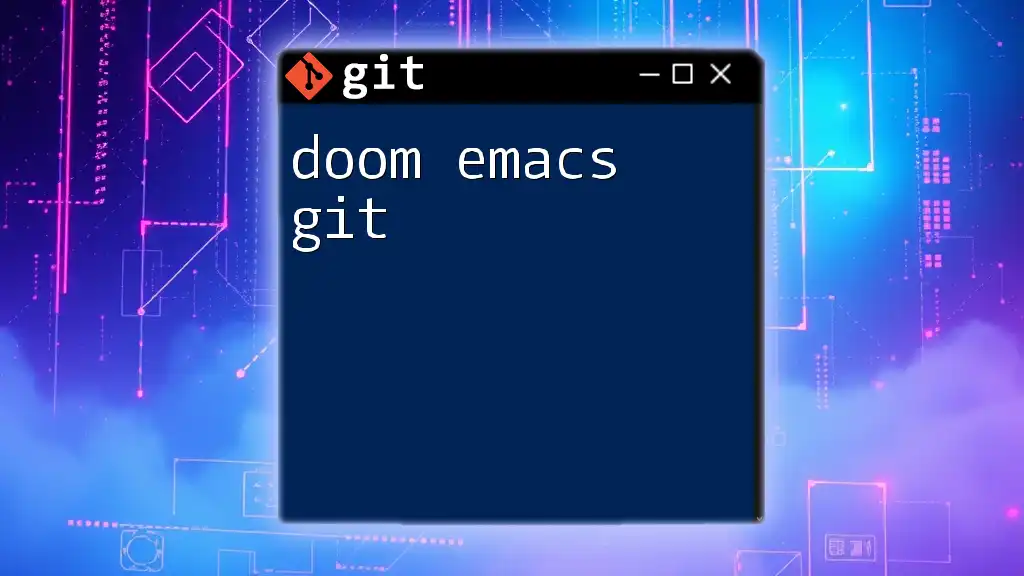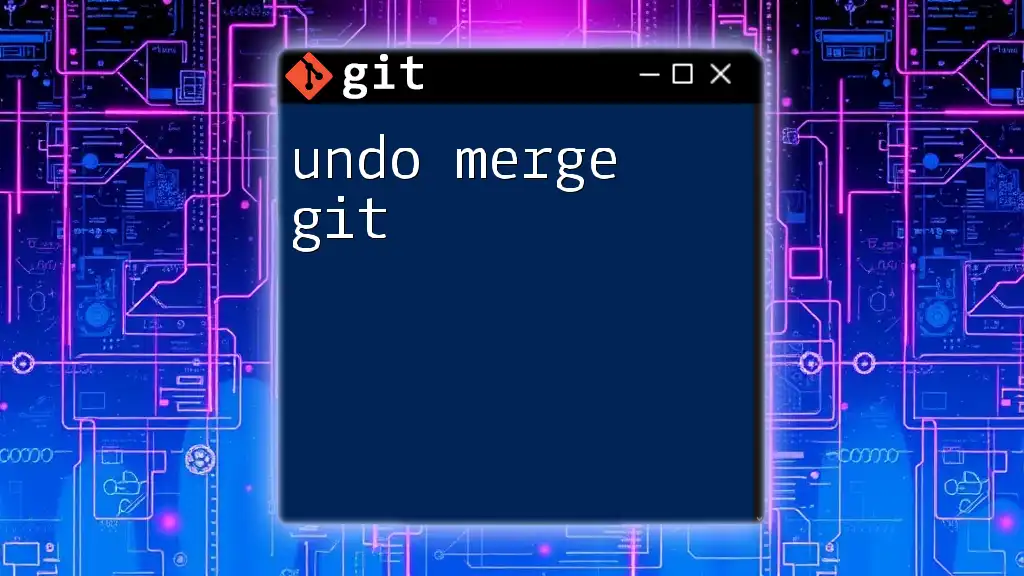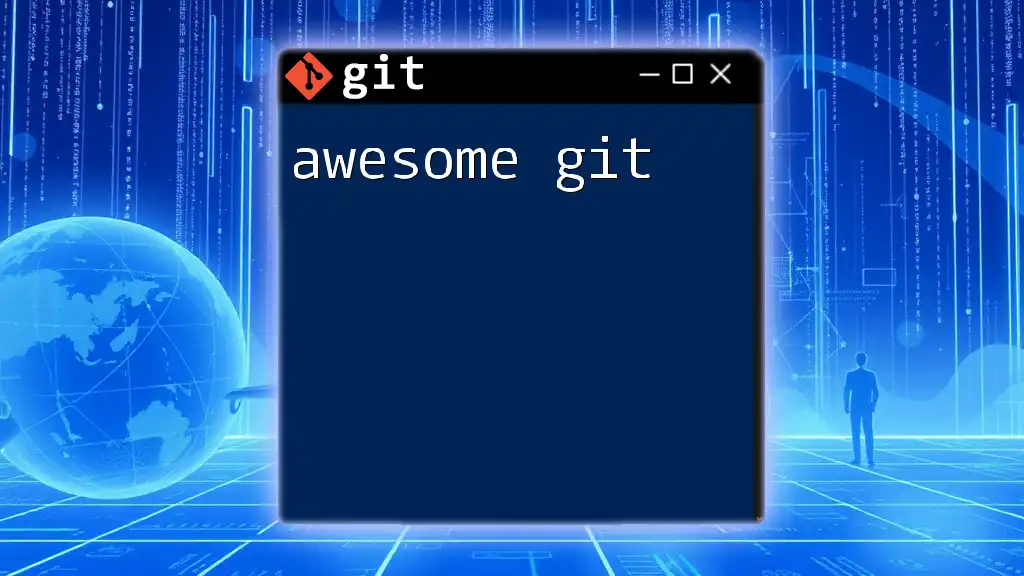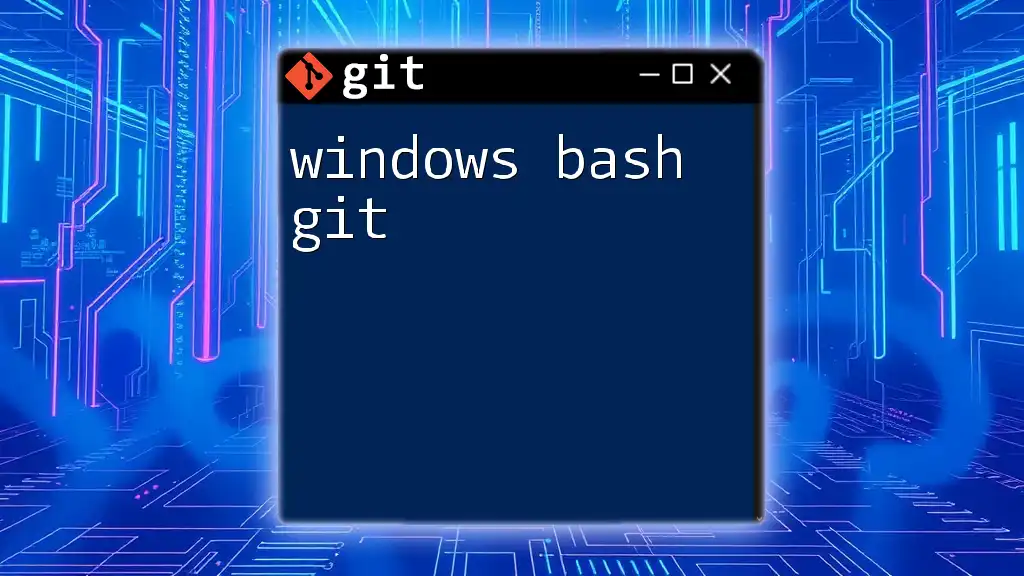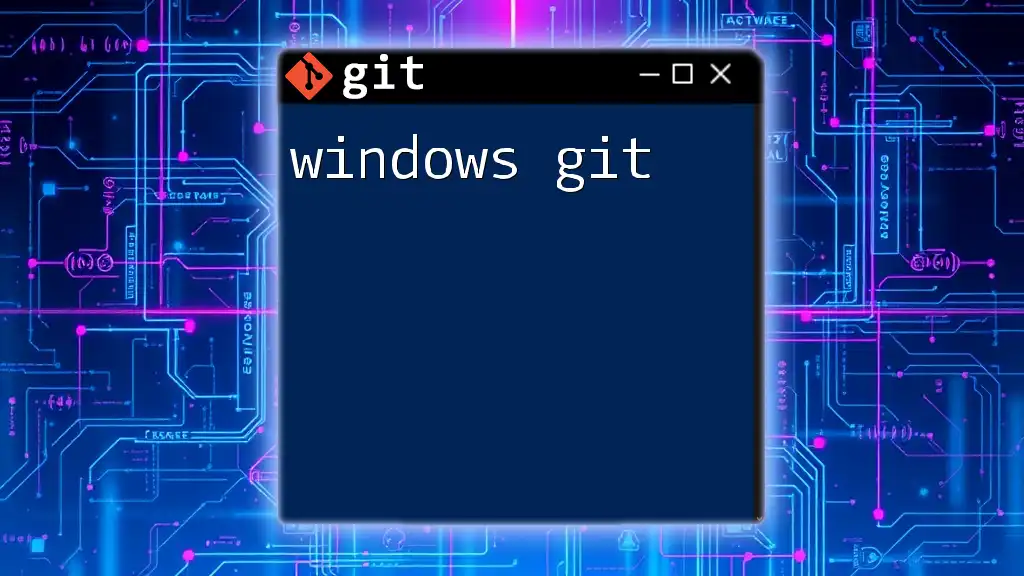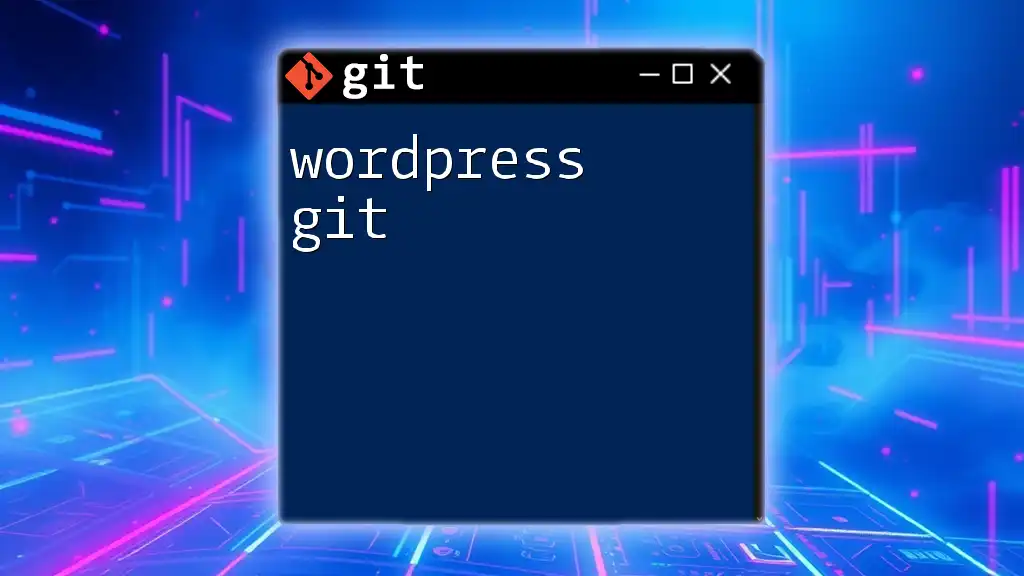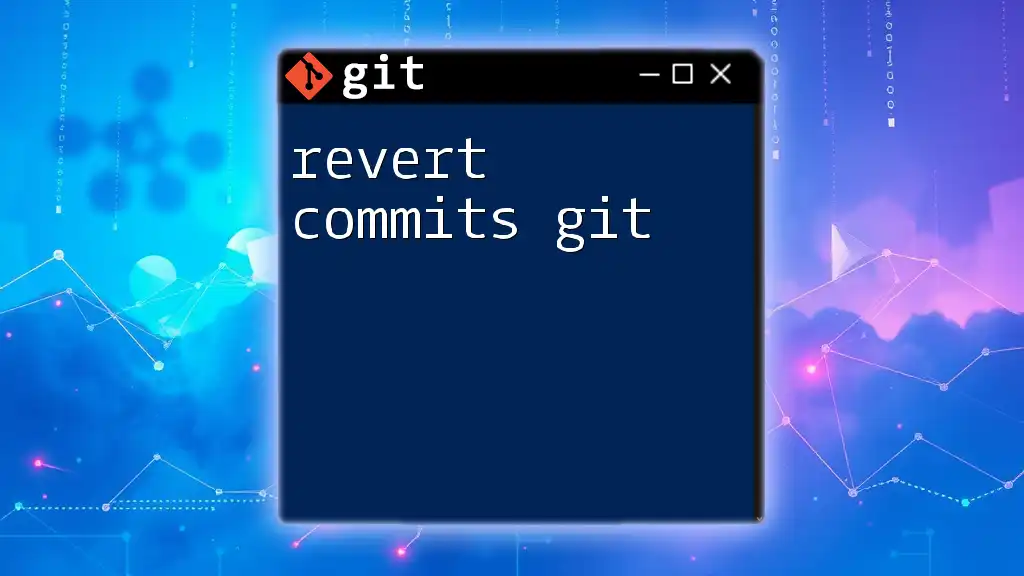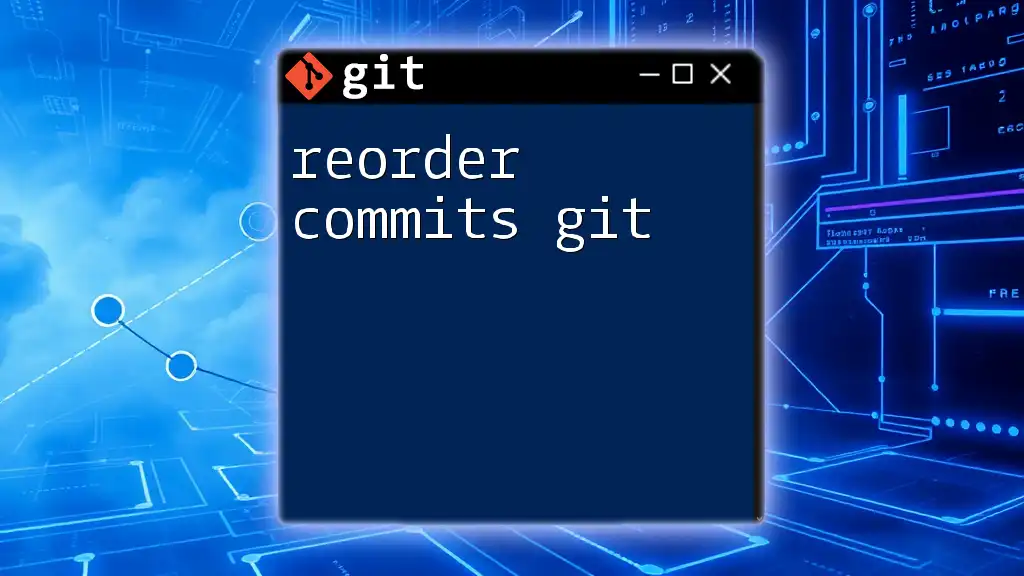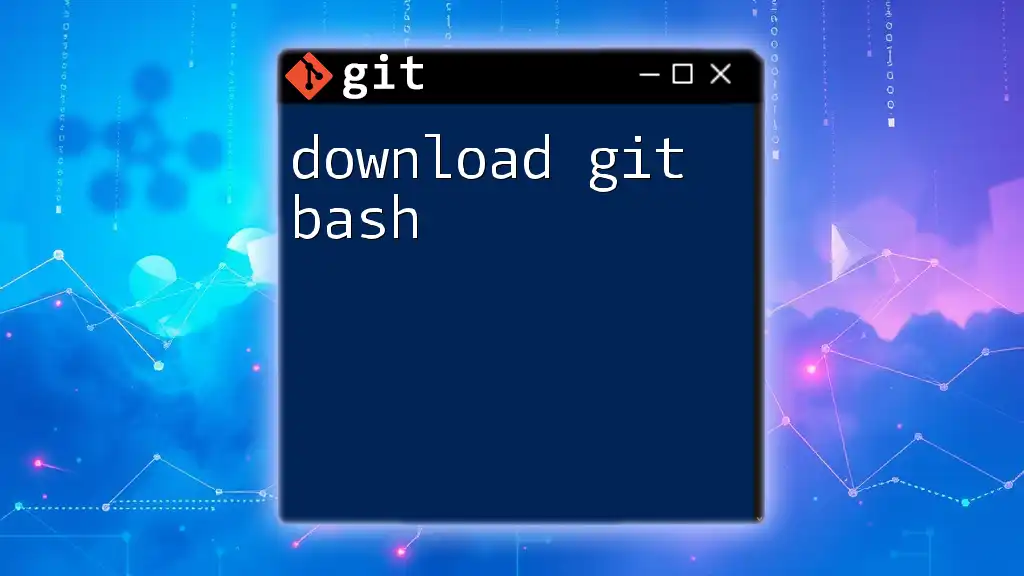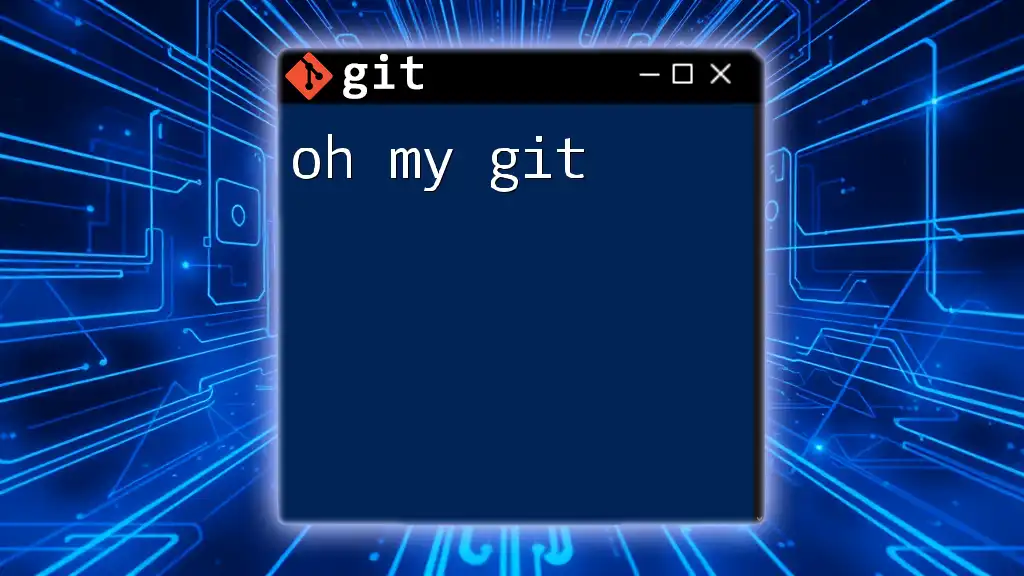"Doom Emacs Git" refers to the integration of Git commands within the Doom Emacs configuration, enabling a highly efficient workflow for version control directly from your editor.
git commit -m "Your commit message here"
What is Doom Emacs?
Doom Emacs is an extremely streamlined configuration of GNU Emacs that emphasizes performance, modularity, and an inviting user experience tailored for modern development workflows. Unlike traditional Emacs, Doom offers:
- Performance enhancements that make it faster and more responsive.
- Customizability, allowing users to easily tweak configurations to fit their needs.
These features make Doom Emacs a powerful choice for developers looking to leverage its capabilities, particularly in version control with Git.
Why Use Doom Emacs for Git?
Using Doom Emacs for Git offers several advantages:
- Seamless Integration: Doom Emacs integrates Git commands directly into its interface, eliminating context-switching.
- Custom Workflows: Users can set up customized workflows that fit their development style.
- Community Support: The active community around Doom Emacs translates to plenty of plugins and modules available, enhancing its capabilities for Git operations.
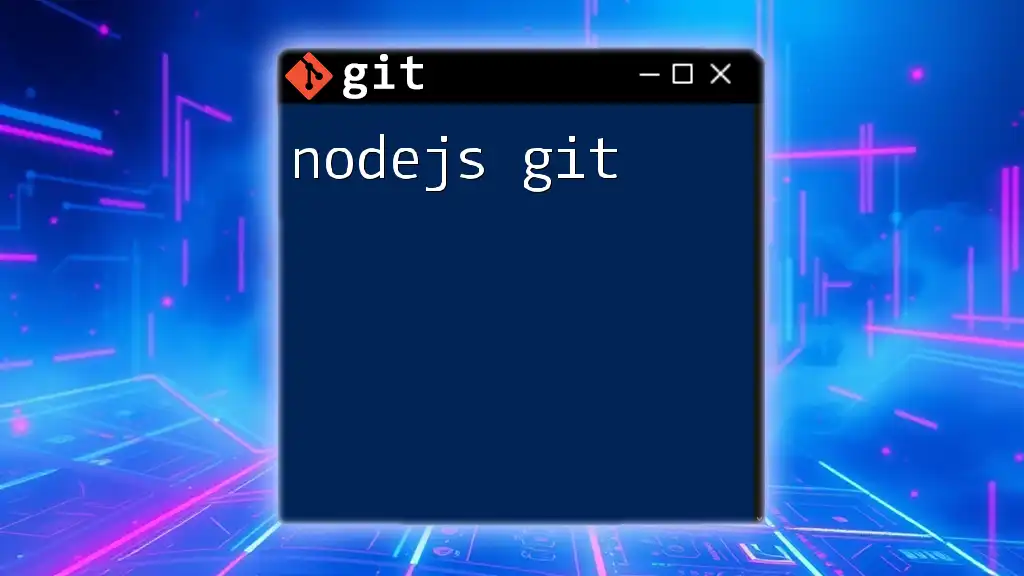
Setting Up Doom Emacs for Git
Installation Instructions
To start using Doom Emacs with Git, first, you need to install Doom Emacs itself. Here are the basic steps:
- Clone the repository to get Doom Emacs onto your machine:
git clone https://github.com/hlissner/doom-emacs ~/.emacs.d - Install dependencies which include Git among others. On systems like Ubuntu, you may run:
sudo apt install git ripgrep fd
Basic Configuration
Once Doom Emacs is installed, the next step is configuration. Open the `~/.doom.d/config.el` file and add the following to ensure Git functionality is enabled:
(use-package magit
:ensure t)
Setting your user details is essential for making commits clear. Add this configuration:
(setq user-full-name "Your Name"
user-mail-address "you@example.com")
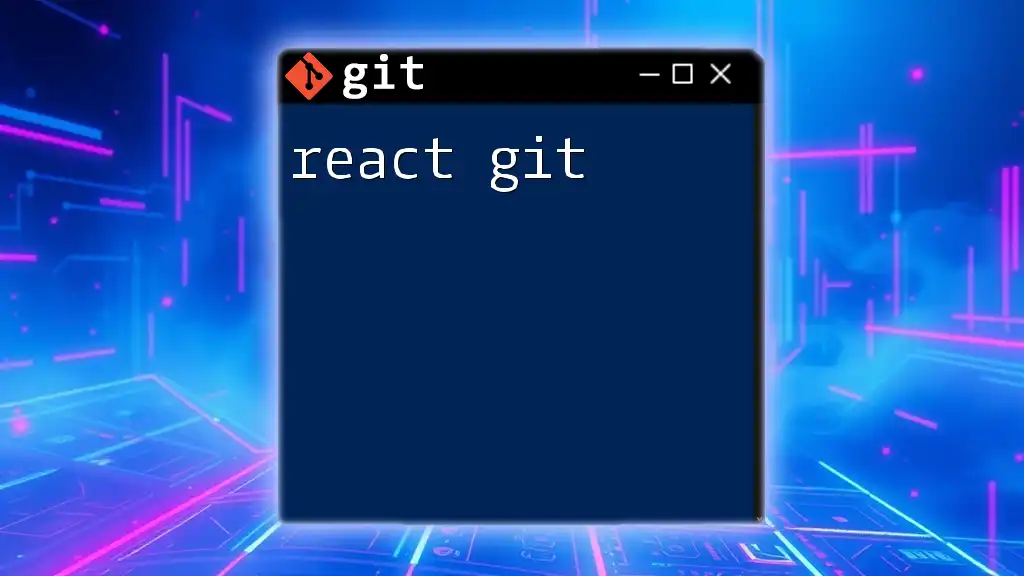
Understanding Magit: The Git Interface for Doom Emacs
Introduction to Magit
Magit is an amazing Git interface for Emacs that provides a user-friendly way to execute Git commands without leaving the editor. Its efficiency is heightened in Doom Emacs, enabling users to manage repositories effectively without extensive terminal use.
Basic Magit Commands
Opening Magit Interface
To access the Magit status buffer, which serves as the command center for Git operations, simply type:
M-x magit-status
This command displays the current repository's status, alongside options for staging changes, committing, and viewing logs.
Committing Changes
Committing changes is straightforward within Magit. After reviewing your modified files, use the keyboard shortcut `c c` to initiate the commit process. Here you can easily stage files and enter your commit message, helping maintain a clean commit history.
More Advanced Magit Commands
Branch Management
Magit simplifies branch management significantly. Use:
b c
This command creates a new branch, while `b b` checks out an existing branch. To delete a branch, you can do so with:
b x
Performing Merges and Rebases
Merging branches or rebasing commits can also be handled efficiently through Magit. To merge another branch into your current context, you can use:
m m
For rebasing, especially useful for clean commit history, the command is:
r i
This opens an interactive rebase interface, allowing you to pick and edit commits as necessary.
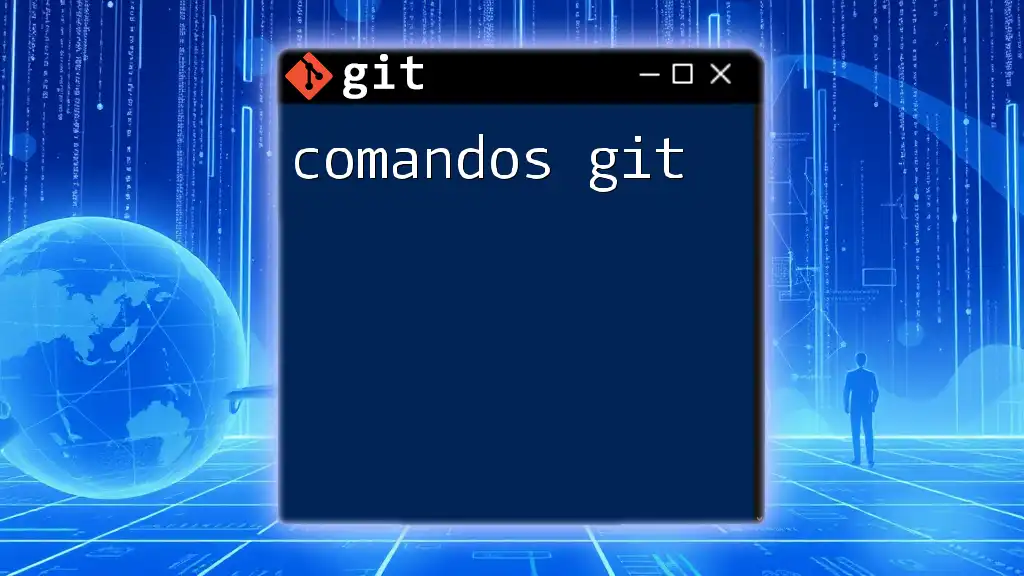
Customizing Git Commands in Doom Emacs
Personalizing Magit Keybindings
One of the standout features of Doom Emacs is its flexibility in personalizing keybindings. Remap keys by adding the following to your configuration:
(define-key magit-status-mode-map (kbd "C-c g") 'magit-status)
This change allows quicker access to your Magit status, enhancing efficiency in managing your Git workflow.
Integrating Other Git Tools
Beyond Magit, Doom Emacs supports various tools that can enhance your Git experience. For instance, integrating Forge, which can handle pull requests and repo collaboration, can be done effortlessly. An example configuration might look like:
(use-package forge
:after magit
:ensure t)
Adding this to your setup connects Git operations with online collaboration tools.
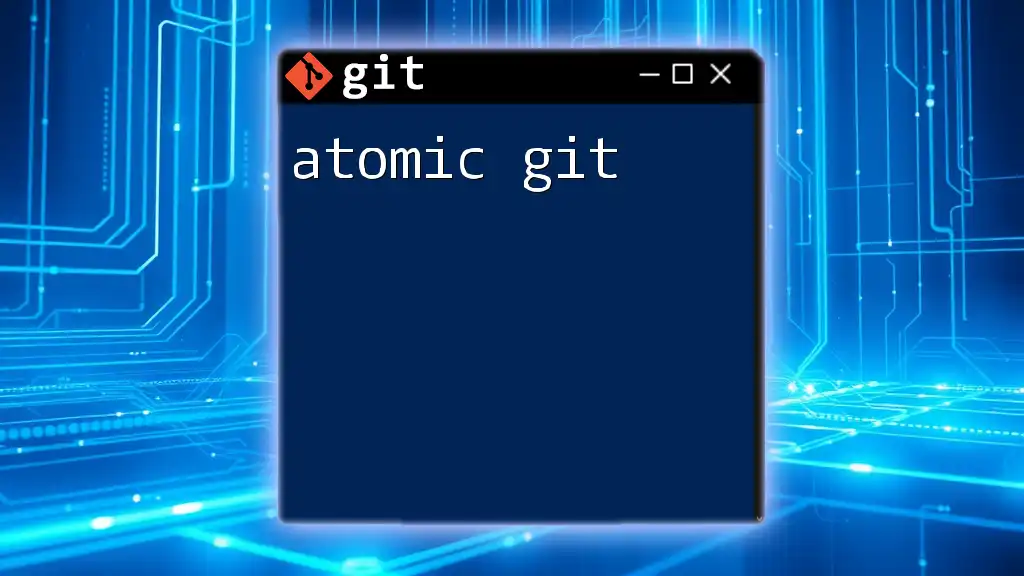
Best Practices for Version Control in Doom Emacs
Efficient Workflow Tips
Using efficient workflows is crucial for maximum productivity. Here are some strategies:
- Create aliases for frequent Git commands to save time. You can set these in your `.gitconfig` as:
[alias] ci = commit st = status - Commit Often: Encourage yourself to commit changes frequently, and always write meaningful commit messages. A good message description can save time when understanding the history of a project.
Leveraging Git Hooks
Git hooks can help automate tasks during commits, merges, and more. A simple example is to create a pre-commit hook. Here's a basic script to ensure coding standards are met:
#!/bin/bash
echo "Running pre-commit checks..."
# Add checks here, like linting or running tests
Place this script in the `.git/hooks/pre-commit` directory in your project and ensure it’s executable.
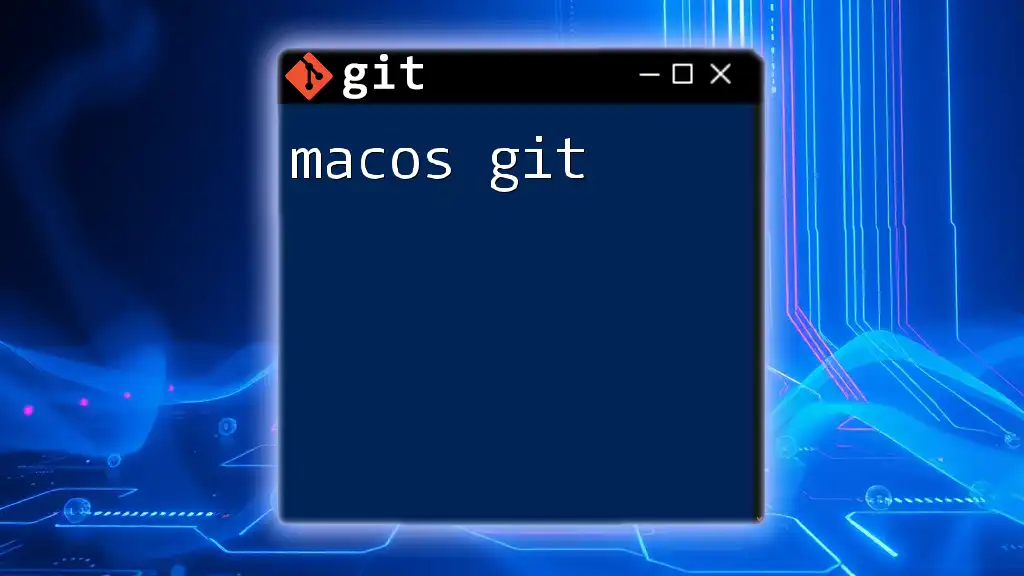
Troubleshooting Common Issues
Resolving Merge Conflicts
Merge conflicts can be a significant source of frustration in version control. Magit provides a user-friendly approach to resolving conflicts. When conflicts occur, opening the Magit status buffer will display conflicted files. You can select the file you wish to resolve. Choose the `e` option to edit the conflicted sections directly and resolve them intuitively.
Performance Issues
In certain situations, users may encounter performance slowdowns. Common troubleshooting steps include:
- Minimizing external plugins that may increase load times.
- Optimizing garbage collection settings in Emacs to ensure smooth performance.
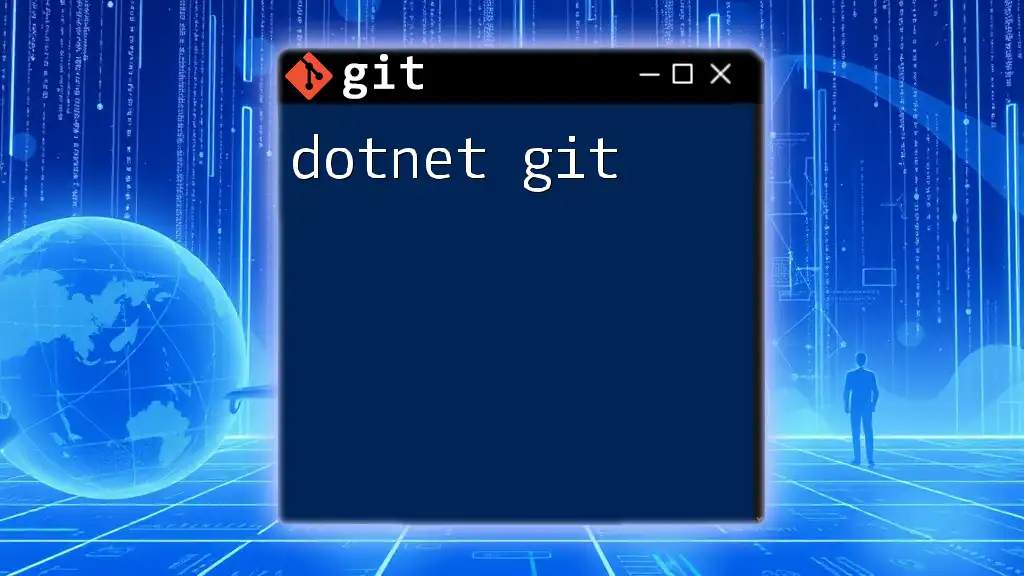
Conclusion
Doom Emacs, when combined with Git and Magit, creates an incredibly powerful and customizable development environment. By leveraging the integrations and customizations discussed, users can streamline their workflows and focus on what truly matters: writing code and managing projects effectively. Explore additional resources and community support to further enhance your experience with Doom Emacs Git.
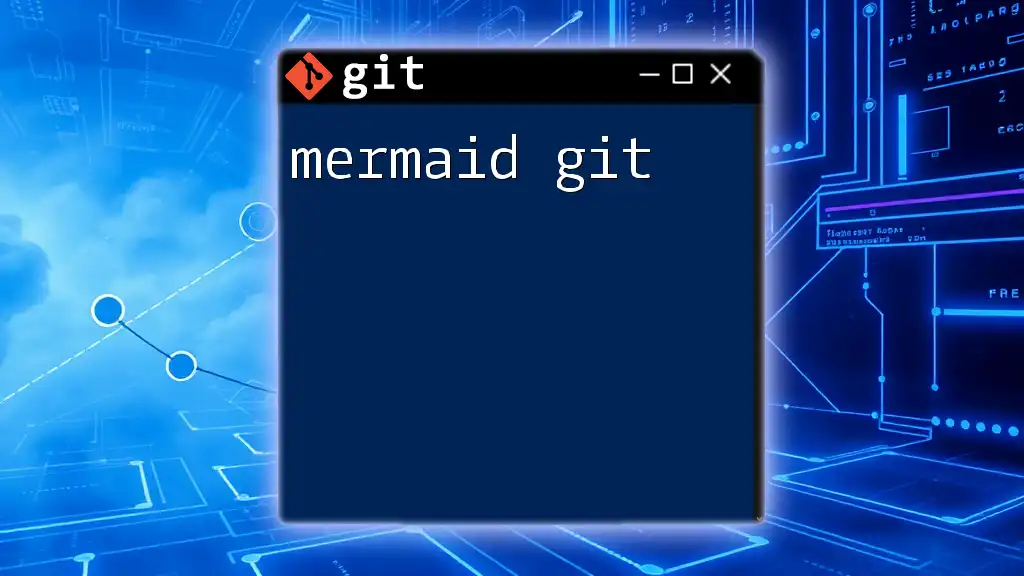
Additional Resources
For those looking to deepen their understanding and skills, the following resources are invaluable:
- Official Doom Emacs Documentation.
- Various online tutorials and courses focused on advanced Git techniques within Emacs.

Call to Action
We want to hear your experiences! Share your thoughts or ask questions regarding the integration of Git in Doom Emacs. Don’t forget to subscribe for more concise guides and tips on mastering Git commands effectively.

